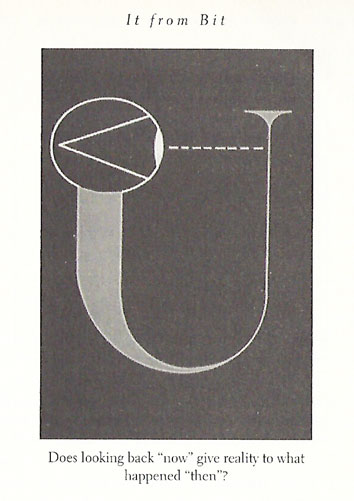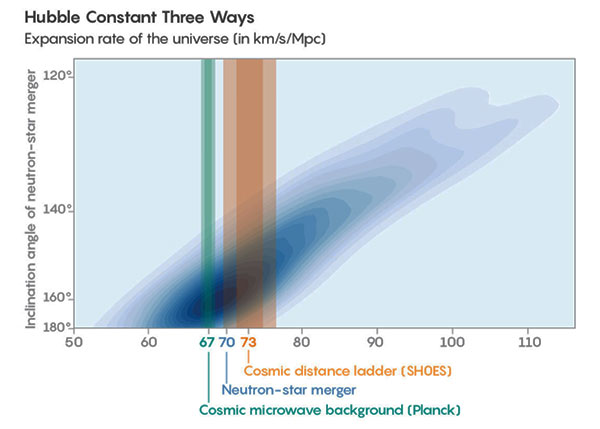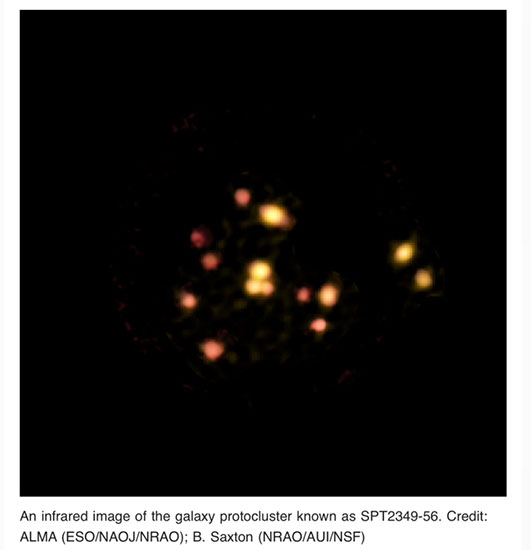Well the observing weather is getting a little better now but earlier in the week we stayed mostly indoors and caught up on some of our incoming emails and some neat new books for reading. So, let's go over the incoming traffic first.
First up, for all of you astronomer and physicist wannabes in the OC area, don't forget to take in the UCI Physical Sciences breakfast lecture on Tuesday, May 8 where the speaker this time will talk about "Exploring the possible climates of planets orbiting other stars." It should be great! Breakfast is free, but parking is not! Ok, see you there anyway!
Next up, Big Oil Chemist, Dr. Arnold, reminded me of the recent Gaia data release. This release is the 3rd data release so far and now includes something like astrometric data on 1.7 billion stars. This most precise measurement ever made will have impact on astronomy for years to come. Look for studies that use this much more accurate star position data to check existing theories about our galaxy against this new data. We will see that the history of determining distance has been the primary requirement to understand astronomical physics. Check out the other discussion below on how the cosmic distance ladder is developed. Thanks for that note from Gaia, Arnold!
Next, Visionary Physicist, Dr. Don, provided a web reference for a very good series of PBS Digital Studios production on spacetime and the true nature of mass and energy. The series includes several 10-15 minute videos on various aspects of this issue. I find them pretty good. Thanks for that Don! Check it out at: https://www.youtube.com/watch?v=gSKzgpt4HBU&feature=youtu.be
Next up, we saw a great image of NGC1365 captured by Doug at Curiosity Peak Observatory. Semiconductor Physicist, John, and I had a chance to tour the observatory in Julian last year (see the 11/1/18 posting) and it is a very professional amateur operation. It is always nice to get to the dark skies in Julian and we need to schedule it more often. Check out the image of a barred galaxy. At least Doug found time and weather ok to get this image. Thanks for that Doug!
 |
| NGC1365, a real barred spiral galaxy (Source: Curiosity Peak Observatory) |
Ok, that is all of the incoming mail for this week, onto two new books. This book by John Taylor is a real gem if you want to read about the principles of physics without getting bogged down in all of the mathematics. Modern physics relies on principles like unity, symmetry and even beauty to help guide and understand and even predict what aspect of the mathematics is missing or indicating some other aspect of reality. I find this book very enlightening in that it helps me see the basic principle hidden under the mathematics.
 |
| Neat book for physicist wannabes |
I hadn't started reading the book very far when I read this quote from the English Ambassador, in which he wrote home about the marvelous report from Galileo. I really like the language used to describe what Galileo reported to find about the moon and the moons of Jupiter and even that the Milky Way is made up of stars. I guess we know Galileo did not become "exceedingly ridiculous" but instead "exceedingly famous."
 |
| An early news report on Galileo's experiences (Source: "Hidden Unity in Natures Laws") |
The other book is Measuring the Universe, by Stephen Webb. As we have seen, being able to determine distance to a star or galaxy is the primary necessity for understanding astronomical observations. This book begins with the first uses of parallax, first just from observatories located at distant places on the Earth, and then eventually moving up to observations taken from the vantage point from opposite locations in the Earth's orbit. The book then keeps going higher and higher up the cosmic distance ladder, as it is able to measure further and further, to the next improvement, which was to explain the importance of and how the periodicity-luminosity function for Cepheid variables and RR Lyrae variable stars was used to extend the cosmic distance ladder. It took many years to work out all the details and remove the uncertainties and a look a the history shows how the distance to deep space objects was severely underestimated until all of the bugs were worked out. If you want to understand how this is done, check out this book!
 |
| Very good introduction to how the cosmic distance ladder is developed |
Although the following diagram, taken from John Wheeler's article on "It from Bit" was not discussed in the previous cosmic ladder book, to me it perfectly describes the situation we find ourselves in when we look out across space and time and try to understand what happened at the very beginning, The "U" in the diagram represents the expanding universe and here we are, represented by the eyeball, trying to make observations over distance and time, back to the beginning.
 |
| We look back from our vantage point in the expanding universe to the beginning (Source: John Wheeler, "It from bit") |
Ok, so what is going on now when it comes to extending and refining the cosmic distance ladder. The following chart shows three different methods of estimating Hubble's constant. The two major models used so far include analysis of the Cosmic Microwave Background (CMB) and the SHOES model which includes supernova standard candle measurements. As the professional astronomers say, "There is some tension between these two measurements" since one shows Hubble expansion rate at 67 and the other shows it at 73. Each program claims to have accounted for all sources of systematics and errors and yet after many years now they still only agree to within say 5%.
 |
| Three separate methods start to close in on the value of Hubble constant (Source: www.quantamagazine.org) |
When you look at all of the details that go into developing a cosmic distance ladder the 5% discrepancy does not seem to be too bad. But to be able to differentiate between many of the proposed cosmological models, higher accuracy is required. This is the area where the recent discovery of the merger of two neutron stars is now being recognized as the most powerful new tool to measure distance. Remember that gravitational wave measurements can be directly correlated to distance and should offer big improvements in accuracy. The one neutron star merger event was able to set Hubble constant at 70, right in the middle of the other two estimates. When more mergers are seen with advanced LIGO, the Hubble estimate accuracy should get even better.
An example where determining the distance is a key factor is shown in the following ALMA image, which shows a very young galaxy cluster, which was formed just 1.4 billion years after the big bang. It is not easy to show how such a large cluster could have been able to form in that short of time. Is the physics involved in early galaxy formation understood completely or is something missing or is it that the distance estimate not is completely understood? Well, that is science for you; we just need more measurements and analysis!
 |
| ALMA finds Protocluster formed just 1.4 billion years after big bang (Source: from www.briankoberlein.com) |
Finally, for a little bit of fun, I asked my friends at Amazon or some other clickable website to find and deliver a little toy model of a Stirling Engine. I have an interest in alternative energy and power sources and I was always intrigued by some solar power developers that were developing a solar mirror tracking system that concentrated the sunlight onto a Stirling engine. Remember that the main difference between the Stirling thermodynamic cycle and other engines, is that the Stirling engine makes use of heat from external combustion rather than internal combustion. I never had an opportunity to work in that development area, but luckily here is the little toy model engine.
 |
| Tiny toy model of Stirling Engine that you can run in your kitchen (Source: Palmia Observatory) |
Yes, it really runs! You just need a little 90% alcohol, which luckily I had from use in the previously described cloud chamber experiment, and you can fire up the engine. If you want to see and hear the little engine running, click on the following web reference that takes you to the video page of this blog: http://www.palmiaobservatory.com/p/videos.html
I'm just glad that Resident Astronomer Peggy was not at home when I set up this engine demo on her kitchen counter top! This is my first video so it is not as polished as I hoped and the experiment itself might be the last one I conduct in the kitchen when Peggy sees what was going on!
Until next time,
Resident Astronomer George
There are over 200 postings of similar topics on this blog
If you are interested in things astronomical or in astrophysics and cosmology

No comments:
Post a Comment